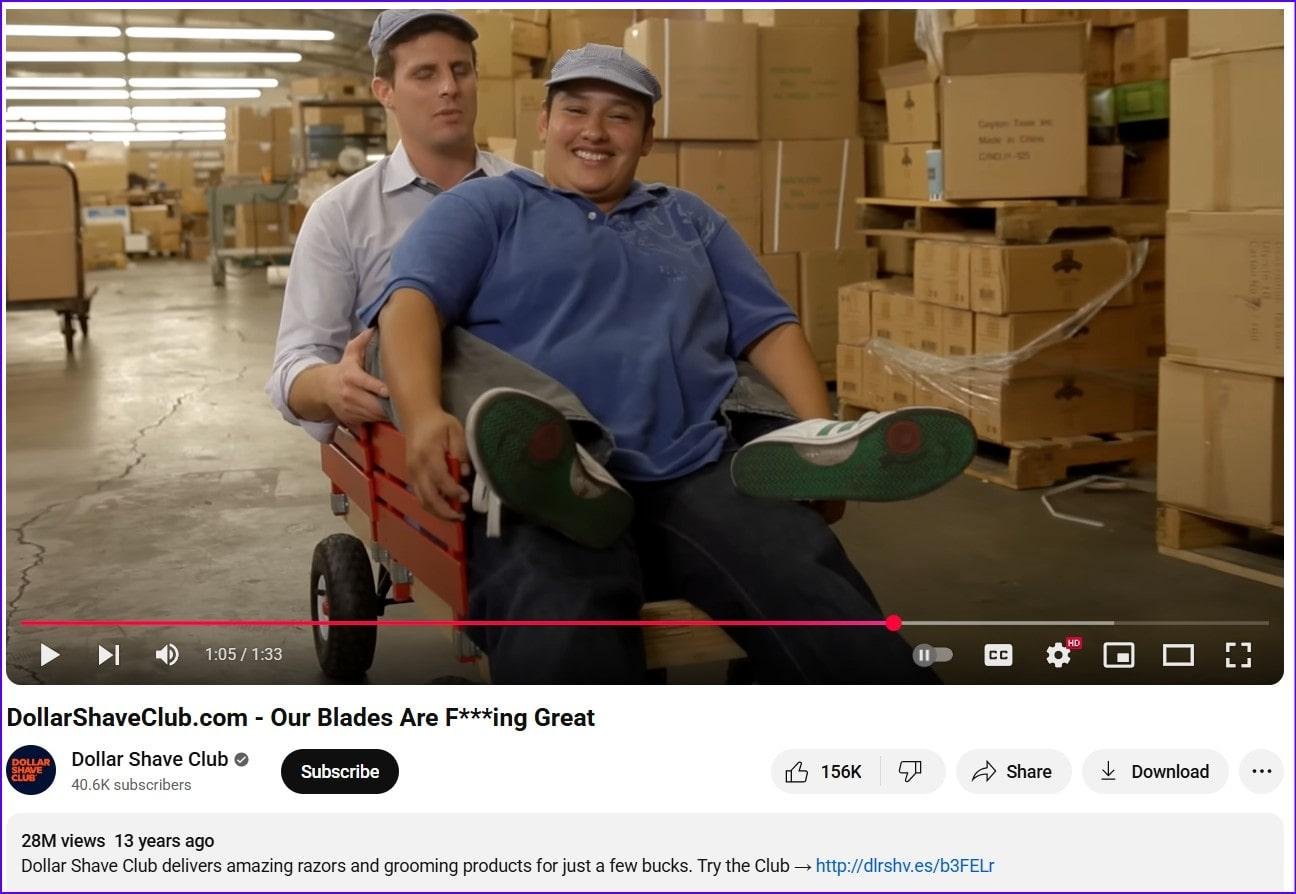Ever wondered why you’re willing to pay more for a Nike sneaker than a generic alternative? That’s brand equity at work.
Brand equity represents the added value a product gains simply from being associated with a particular brand name. It’s the reason you reach for Coca-Cola instead of the store brand, even when they taste remarkably similar.
Understanding the components of brand equity helps you build stronger connections with customers and create lasting value.
These building blocks—from brand awareness to perceived quality—work together to shape how people feel about your brand and influence their purchasing decisions.
Let’s explore what makes up brand equity and how each component contributes to your brand’s overall strength in the marketplace.
Disclaimer: If you buy any products through links on this site, I may earn a commission. But it doesn't make any difference to your cost, and it helps me keep this blog running. So you could always read my articles for free.
Core components of brand equity
Brand awareness
Think about the last time you needed tissues. Did you ask for “tissues” or “Kleenex”? That’s brand awareness at its finest.
Brand awareness is the first and most fundamental component of brand equity. It measures how easily consumers recognize and recall your brand in different situations. Without awareness, other equity components simply can’t develop.
Brand awareness exists on two levels:
Recognition: Can consumers identify your brand when they see it? (Think Coca-Cola’s distinctive bottle shape)
Recall: Can consumers retrieve your brand from memory when thinking about your category? (Like mentioning “search engine” and thinking “Google”)
The most practical way to build awareness is through consistent exposure. When Dollar Shave Club launched in 2012, their viral video garnered 26 million views, creating instant awareness that helped them secure 12% of the razor market within five years.

In my experience, local businesses often benefit most from frequency rather than reach.
For example, a pizza shop placed small ads in the same community newspaper for 52 consecutive weeks, becoming the first place locals thought of when ordering pizza.
Remember: awareness doesn’t guarantee success, but without it, even the best products remain invisible to consumers.
Brand associations
When you think of Volvo, does “safety” immediately come to mind? That’s a brand association at work. This makes it one of the core components of brand equity.
Brand associations are the mental connections consumers make with your brand—the thoughts, feelings, perceptions, images, experiences, beliefs, and attitudes they link to your company or product.
Strong associations create powerful differentiators in crowded markets:
Patagonia = environmental responsibility
Southwest Airlines = fun, no-frills travel
FedEx = reliability and urgency
Associations can form from direct experiences, word of mouth, advertising, or even from unrelated connections.
For example, a small skincare brand benefited enormously when their packaging color scheme accidentally matched a popular TV show’s aesthetic, creating positive associations through that visual similarity alone.
You can deliberately build associations through consistent messaging. When Method cleaning products launched in 2001, they deliberately cultivated associations with design and environmental consciousness—attributes previously absent in the category.

My advice? Identify 2-3 core associations you want consumers to have with your brand, then reinforce them at every touchpoint.
Remember that negative associations (like United Airlines’ connection to poor customer service) can be incredibly difficult to shake once established.
Ultimately, strong, positive associations become invaluable shortcuts that help customers choose your brand without hesitation.
Perceived quality
Why do you believe a $50 bottle of Olay serum works better than a $12 store brand with similar ingredients? That’s perceived quality influencing your decision.
Perceived quality represents consumers’ subjective judgment about a brand’s overall excellence or superiority—not necessarily its actual technical quality. This perception dramatically impacts purchasing decisions and price sensitivity.
I once noticed two identical furniture manufacturers who shared production facilities but sold under different brand names.
The premium-positioned brand commanded prices 40% higher simply because customers perceived their products as higher quality, despite being physically identical.
Several factors shape quality perception:
- Physical attributes (Mercedes’ solid-feeling doors)
- Price (Evian water at $2.50 vs. store brand at $0.89)
- Packaging (Apple’s minimalist design)
- Brand heritage (Leica cameras’ 100+ year history)
Perceived quality creates a halo effect. When Sony launches a new product category, consumers assume quality based on experiences with other Sony products, even if they’ve never tried the new item.
Never compromise on quality cues your customers value most. A regional brewery client once cheapened their packaging to save $0.03 per bottle.
Their perceived quality plummeted, sales dropped 17%, and they spent ten times the savings to fix the damage.
On the other hand, when a small bakery invested in premium packaging for their average-tasting cookies, they saw sales increase 35% with no recipe changes whatsoever.
Remember, in consumers’ minds, perception is reality—and that perception directly impacts what they’ll pay for your brand.
Brand loyalty
The next component of brand equity is brand loyalty. This is about how willing people are to keep choosing your brand over others, even when they have options.
It’s not just repeat purchases—it’s the emotional connection that makes someone stick around, recommend you to others, and overlook minor mistakes.
For example, I once interviewed the owner of a small coffee subscription business. Even when shipments ran late or a new roast didn’t land well, customers who felt connected to the brand—because of personal emails, thoughtful packaging, or stories about the farmers—kept coming back.
At one point, nearly 70% of monthly sales were from returning customers. That’s loyalty in action.
You can spot strong brand loyalty everywhere. Take LEGO, for example. They’ve built decades-long loyalty not just from kids, but adults who spend hundreds on collector sets like the $849 Millennium Falcon.

That’s not just about the product—it’s about nostalgia, community, and trust that LEGO delivers a good experience every time.
Building loyalty takes time, and in my experience, it often comes down to showing customers they matter.
Quick replies to support emails, personalized recommendations, or small thank-you notes with orders can leave lasting impressions.
It’s also worth remembering that loyalty isn’t permanent. People are loyal until they aren’t. So the work doesn’t really stop.
Once you’ve earned someone’s trust, the next step is keeping it—with consistency, respect, and actual reasons for them to keep choosing you.
Proprietary brand assets
The final core component of brand equity is other proprietary brand assets. These are the legal protections and unique elements that help your brand stand out and stay protected—things like trademarks, patents, logos, slogans, and even distinctive packaging.
They might not feel as exciting as brand loyalty or awareness, but they quietly do a lot of heavy lifting. Without them, it’s much easier for competitors to copy what you’ve built.
A small apparel brand I know ran into this problem. After months of growing their audience, a larger company released nearly identical designs.
Since the original brand hadn’t trademarked anything, there wasn’t much they could do. Sales dropped by almost 40% in three months.
That was a tough reminder that protecting your assets early on is part of building real, lasting equity.
Big brands take this seriously. Coca-Cola has trademarked its name, logo, signature bottle shape, and even its exact shade of red.
These protections keep imitators at a distance and preserve the unique feel of the brand worldwide. In 2022 alone, Coca-Cola held over 13,000 active trademark registrations globally.
If you’re just getting started, my recommendation is to at least secure the basics—your brand name, logo, and any product names you want to keep exclusive.
It’s not just about legal ownership; it’s about creating a clear, consistent identity people can recognize and trust over time. Otherwise, you risk doing the work of building your brand only for someone else to benefit from it.
Final thoughts on components of brand equity
Brand equity isn’t built overnight. It grows through small, repeated actions over time. You focus on getting seen. You shape what people associate with your brand.
You work to create a sense of quality, even before someone buys. You give people reasons to stay loyal. And you protect what makes your brand unique.
If you’re serious about growing a brand, you can’t pick just one component. They work together. The goal is to build something people remember, trust, and choose—again and again. That’s the real value of brand equity.
Did I miss anything? Did you try these tips? Do you have any questions or comments? Share your thoughts below in the comments section.




